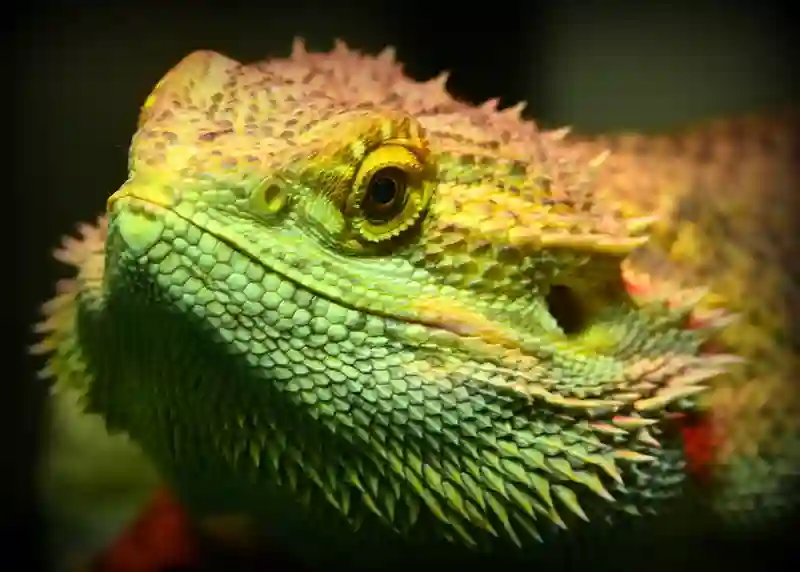As a responsible pet owner, it’s important to understand your bearded dragon’s sleep habits and provide them with the ideal environment for a good night’s rest.
This article will guide you through the process of putting your bearded dragon to sleep, step by step, and offer insights into their natural sleep patterns.
The Step-by-Step Method to Put a Bearded Dragon to Sleep
Though you can put your bearded dragon to sleep manually by only using a blanket as in the video shown above. Also, there are another way to do so:
Step 1: Gradually Dim the Lights
Approximately 30 minutes before your bearded dragon’s bedtime, gradually dim the lights in the room to simulate dusk. This will help them transition into their nighttime routine and prepare for sleep.
Step 2: Create a Cozy Hideout
Offer your bearded dragon a secure and comfortable hiding spot in their enclosure. This can be a commercial reptile hide, a small cardboard box, or a cave made from rocks. Make sure the hideout is large enough for your bearded dragon to fit comfortably, but snug enough to help them feel secure.
Step 3: Limit Disturbances
Reduce noise and activity around your bearded dragon’s enclosure during their sleep time. This includes turning off any noisy appliances, keeping other pets away, and avoiding sudden movements or loud sounds that might startle your bearded dragon and disrupt their sleep.
Step 4: Monitor the Environment
Regularly check the temperature, humidity, and lighting conditions in your bearded dragon’s enclosure to ensure they are within the recommended ranges. Make adjustments as necessary to maintain a comfortable and consistent environment that promotes healthy sleep patterns.
Understanding Bearded Dragon Sleep Patterns
Bearded dragons are diurnal reptiles, meaning they are active during the day and sleep at night. Their sleep patterns are influenced by the light-dark cycle, temperature, and season. Understanding these factors will help you provide a comfortable sleeping environment for your pet.
During the cooler months, bearded dragons enter a state of semi-hibernation called brumation. This period of reduced activity and deep sleep helps them conserve energy in the wild. In captivity, it’s essential to recognize the signs of brumation and adjust your bearded dragon’s care accordingly.
Creating the Ideal Sleeping Environment
Temperature
Bearded dragons require a temperature gradient in their enclosure, with a basking spot around 95-110°F (35-43°C) during the day and cooler temperatures around 70-75°F (21-24°C) at night. A drop in temperature signals the beginning of the night cycle, encouraging your bearded dragon to sleep.
Humidity
Maintain humidity levels between 30-40% in your bearded dragon’s enclosure. Too much humidity can cause respiratory issues, while too little can lead to dehydration. Use a hygrometer to monitor humidity levels and adjust accordingly.
Lighting
Establish a consistent 12-14 hour light-dark cycle for your bearded dragon. Use a timer to regulate the lighting schedule and ensure they receive adequate exposure to ultraviolet (UV) light during the day. Turn off all lights, including UV and basking lights, during the night to encourage sleep.
Bedding Material
Provide a comfortable and clean bedding material, such as reptile carpet, paper towels, or newspaper. Avoid using sand or loose substrates, as they can cause impaction if ingested.

